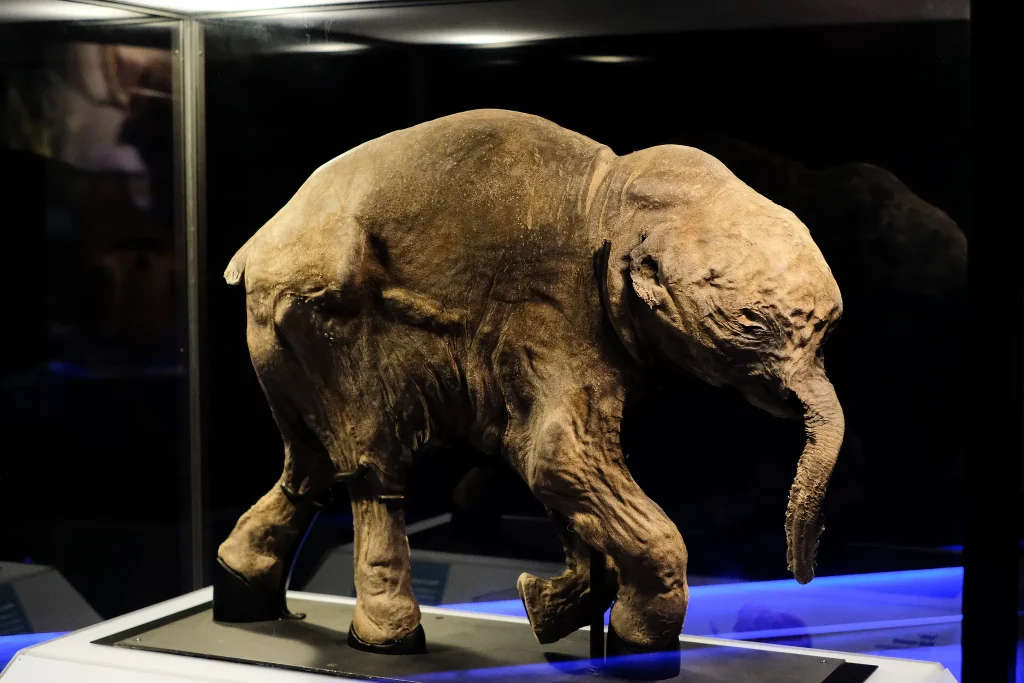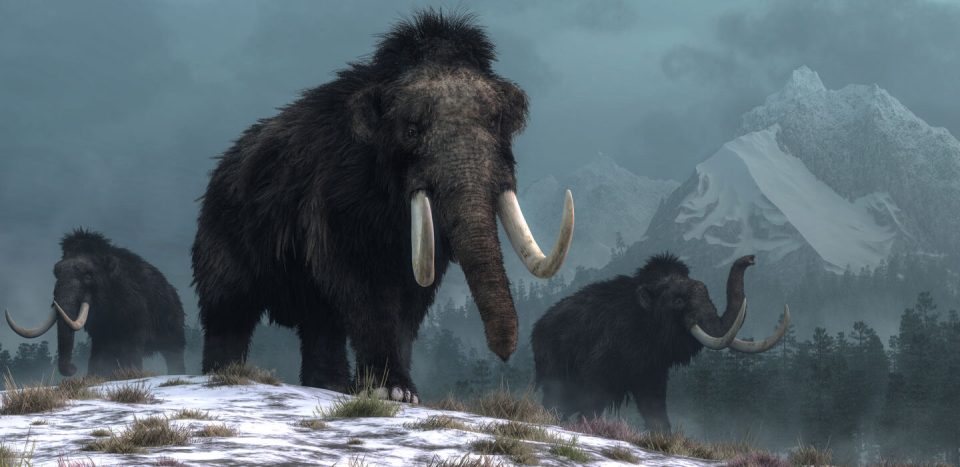FALCON POWERS – In a remarkable scientific breakthrough, researchers have recently made significant progress in reconstructing the complete three-dimensional genome of the extinct woolly mammoth. This achievement could greatly enhance our understanding of extinct species and even inspire efforts to bring them back to life.
The key details are as follows:
- Around 52,000 years ago, a piece of Siberian woolly mammoth skin was preserved under extremely cold conditions, which naturally freeze-dried the specimen and protected the intact remnants of its DNA.
- Olga Dudchenko, a geneticist from Baylor College of Medicine, and her team were able to use this well-preserved sample to reconstruct the complete three-dimensional structure of the mammoth’s genome.
- Previous ancient DNA samples were typically fragmented, limiting the amount of information that could be extracted. However, the researchers have now demonstrated that under certain conditions, the original organization and structure of the DNA can be preserved.

- Understanding the full three-dimensional structure of the genome is crucial for identifying active genes associated with specific organs and functions. This knowledge can shed light on how mammoth brain cells enabled thinking, heart cells enabled pumping, and immune cells fought diseases.
- The long-held belief was that such detailed genomic information would inevitably be lost due to the rapid decomposition of these tiny molecules. However, about a decade ago, an international team of scientists began searching for ancient samples that could potentially retain their three-dimensional DNA structure.
- The successful reconstruction of the woolly mammoth’s genome using this new technique represents a significant step forward in the field of paleogenomics, as it opens up new possibilities for studying extinct species in unprecedented detail.

This breakthrough could not only improve our understanding of the woolly mammoth but also potentially inspire efforts to resurrect this and other long-extinct species, ushering in a new era of scientific exploration and conservation.


